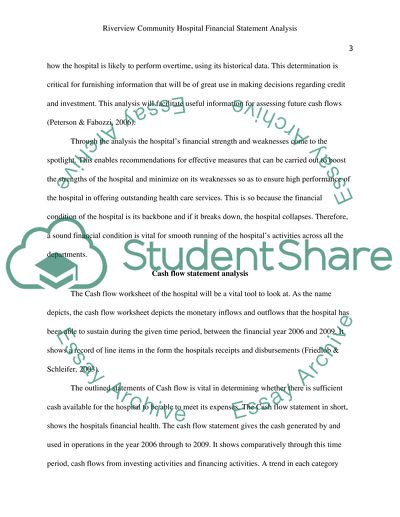Cite this document
(“Health Care Finance at Review Community Hospital Term Paper”, n.d.)
Health Care Finance at Review Community Hospital Term Paper. Retrieved from https://studentshare.org/health-sciences-medicine/1403350-health-care-finance-at-review-community-hospital
Health Care Finance at Review Community Hospital Term Paper. Retrieved from https://studentshare.org/health-sciences-medicine/1403350-health-care-finance-at-review-community-hospital
(Health Care Finance at Review Community Hospital Term Paper)
Health Care Finance at Review Community Hospital Term Paper. https://studentshare.org/health-sciences-medicine/1403350-health-care-finance-at-review-community-hospital.
Health Care Finance at Review Community Hospital Term Paper. https://studentshare.org/health-sciences-medicine/1403350-health-care-finance-at-review-community-hospital.
“Health Care Finance at Review Community Hospital Term Paper”, n.d. https://studentshare.org/health-sciences-medicine/1403350-health-care-finance-at-review-community-hospital.


